In August 2013, the Food & Drug Administration announced that by August, 2014, no food label will be able to call itself “gluten free” unless there is less than 20 parts per million (ppm) of gluten in the product. For those of us with celiac disease, this is great news.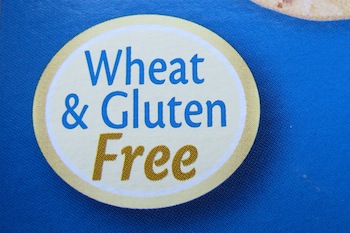
I have had celiac for over five years. At first, it was extremely hard. I didn’t know what to eat and I couldn’t eat what all my friends were eating. After awhile, I got used to eating gluten free food and now some “normal” foods don’t even taste good. Not eating gluten means I can’t eat pizza, sandwiches, donuts and a lot of other common foods unless they are made with special flours, such as corn, rice, or coconut.
The Celiac Disease Foundation describes gluten as a protein that is found in wheat, barley, and rye. For some people, just a little bit of gluten consumption can trigger their symptoms. However, I can eat a little bit of “contaminated” foods and be fine.
There are over 300 different symptoms caused by celiac disease, according to the National Foundation for Celiac Awareness (NFCA). Some of the most common are headaches, fatigue, and joint pains. When I eat gluten, I often get stomachaches or headaches. However, my brother also has celiac and doesn’t have any symptoms when he eats gluten, which makes it harder for him to want to follow the diet.
When I was diagnosed with celiac disease, the doctor suggested that the rest of my family also get tested for it because, according to the NFCA, 5 to 22% of people that have celiac disease also have a family member with it. According to Kid’s Health, no one knows for sure what allows symptoms to show is some cases of celiac disease and not in others.
According to the U.S. Department of Health and Human Services, in the United States, more than two million people have celiac disease (about 1 in 133 people). However, the NFCA goes on to say that, 83% of these people with celiac disease are not even diagnosed and keep on living with no knowledge of it. Many go undiagnosed because they have no symptoms.
According to the NFCA, celiac is an autoimmune disease, which, according to Health Central, is a disease that causes your immune system to produce antibodies that attack against its own body. Celiac attacks the villi on the small intestine when a protein in wheat, barley and rye is eaten. Villi, according to the Celiac Disease foundation, are small fingerlike objects, lining the small intestine that helps absorb nutrients. Because the villi become damaged, the needed nutrients from foods can no longer be absorbed into the blood stream.
According to the Celiac Disease Foundation, for people who have celiac disease, 50 milligrams (0.002 ounces) of gluten in one day is enough to cause damage. The only known solution to this disease is a gluten free diet.
According to the Medical Center at Ohio State University, once a person with celiac starts the gluten free diet, they usually stop having symptoms after a few days. After three to six months, the small intestine will be completely healed. I remember feeling a lot better within just a few days after starting the gluten free diet.
| Related story: Fighting eggs with….eggs? |
Not being diagnosed with celiac disease when you have the disease is dangerous because it can lead to malnutrition or other disease such as diabetes, thyroid disease, liver disease and others, according to the U.S. Department of Health and Human Services. Marilyn Geller, CEO of the Celiac Foundation, says that “spreading awareness and educating medical professionals to increase diagnosis is a must”.
According to the University of Chicago Celiac Disease Center, it is important for first degree relatives of someone who has celiac disease to be tested for the disease, because certain genes need to be present for the disease to develop.
Rachel Petrie

This work is licensed under a Creative Commons Attribution-NonCommercial-NoDerivs 3.0 Unported License


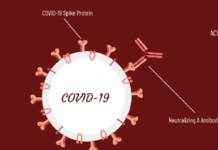
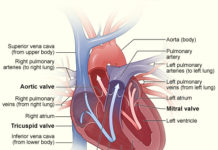
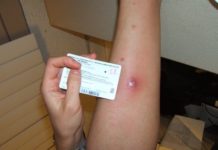
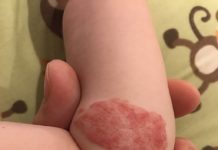
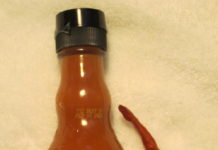
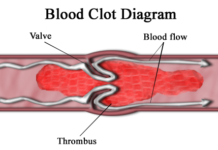






Uber Cool Article!